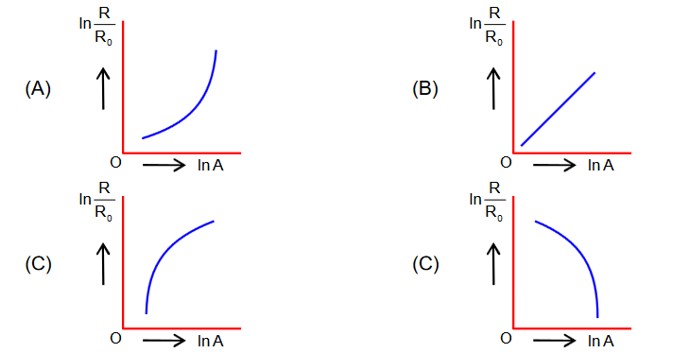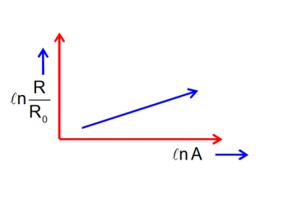Physics NCERT Exemplar Solutions Class 11th Chapter Eight
Get insights from 134 questions on Physics NCERT Exemplar Solutions Class 11th Chapter Eight, answered by students, alumni, and experts. You may also ask and answer any question you like about Physics NCERT Exemplar Solutions Class 11th Chapter Eight
Follow Ask QuestionQuestions
Discussions
Active Users
Followers
New answer posted
3 months agoContributor-Level 10
Given, hT = 25m, R = 6400 km
hR = 49m
dm (Maximum distance for satisfactory communication)
dm =
dm =
=
=
=
k= 192
New answer posted
3 months agoContributor-Level 10
Q = CV
= 50 * 10-12 * 100
= 5 * 10-12 * 103
Q = 5 * 10-9C
Ui (Initial Energy)
=
=
Now capacitor is connected to an identical uncharged capacitor
kvL
q1 = q2
Initial change Q1 + Q2 = Q
New answer posted
3 months agoContributor-Level 10
J (current density) = 4 * 106 Am-2
Area between radial distance
A =
I = AJ
=
= 3R2 * 106 πAmp
= 3 (4 * 10-3)2 * 106 πAmp
= 3 * 16 * 10-6 * 106π Amp
= 48πA
New answer posted
3 months agoContributor-Level 10
R shunt Resistance
Given
CD = 3m
CF = 2m
Current through potentiometer wire
I = (1)
A Area of potentiometer wire
Resistivity of the wire
L Length of the potentiometer wire
Case 1 When 8 shunt is bal aced at 3m length
VCD = VAB = E – I1r
=
(2)
Case 2 When 4 shunt is balanced at 2m length
=
=
(3)
r = 24 – 16
r = 8
Taking an Exam? Selecting a College?
Get authentic answers from experts, students and alumni that you won't find anywhere else
Sign Up on ShikshaOn Shiksha, get access to
- 65k Colleges
- 1.2k Exams
- 679k Reviews
- 1800k Answers




